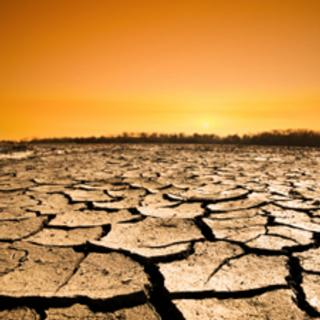By Jason Klein, Environmental Writer and Editor

The bacterium known as legionella, which causes the Legionnaires’ Desease. Photo courtesy of Bergen County Dept. of Health Services.
The connections between climate change and infectious diseases are far more complex and numerous than the scope of this article can entail, as a search on your favorite search engine will tell you. Our specific question is: can an analysis of historical climatic data help us to understand and forecast the spread of infectious diseases? This article will serve as a brief introduction to the answer.
Considerable study has been done on the relationships between climate change and infectious disease, including some that have taken historical climatic data into account. Using data from the first half of the 20th century, one study investigated the links between climate and the bacterium Yersinia pestis, otherwise known as “plague,” to calculate the spread of the disease from San Francisco eastward over the course of 40 years.1 Another recent study included historical climatic data in their examination of an outbreak of Legionnaire’s Disease in Wollongong, the ninth largest city in Australia.2 In Columbia, researchers used climatic data from 1960 to 2006 to understand climate’s effects on the spread of malaria.3
However, not all research focuses on the past relationships between climate and infectious disease. The United States Global Change Research Program, in its study “Climate Change and its Consequences on the Gulf Coast Region of the US,”4 used historical climatic data from the southeastern US to predict the possible regional effects of climate change on several infectious diseases, including cholera, leprosy, and Dengue Fever. Also, the World Health Organization recommends using climatic data in developing early warning systems for potential epidemics.5
However, many places have only incomplete climatic data, or it is presently in an inaccessible form (i.e., paper or microfiche). The importance of gathering and digitizing historical climatic data is vital in places particularly susceptible to climate change, such as in western Africa6 (IEDRO currently has climatic data projects in two countries in this region, Senegal and Niger).
Epidemics due to infectious diseases may become more common as Earth’s climate changes, and we may be seeing the first indications of this today. As our civilization grows gradually more aware of the consequences of climate change, it is imperative that we look into the past, collecting and analyzing historical climatic data, to prepare for an uncertain future.
Author’s note: A highly recommended work on this subject is the book Under the Weather: Climate, Ecosystems, and Infectious Disease, especially the chapter “Climate and Infectious Diseases: The Past as Prologue.”

Droughts are extreme weather events related to climate change. Photo courtesy of Scientific American.
References
1 American Journal of Tropical Medicine and Hygiene Feb 2007 vol. 76 no. 2 365-375
2 South Eastern Sydney and Illawarra Area Health Service, Population Health Research Activity 2005
3 Gilma Mantilla, Hugo Oliveros, and Anthony G Barnston “The role of ENSO in understanding changes in Colombia’s annual malaria burden by region, 1960–2006” Malaria Journal Jan 8 2009 86
4 Zhu Hua Ning and Kamran Abdollahi “US National Assessment of the Potential Consequences of Climate Variability and Change: Climate Change and its Consequences on the Gulf Coast Region of the US”
5 World Health Organization, “Using climate to predict disease outbreaks: a review”
6 Emily Joiner, Derell Kennedo, Jesse Sampson “Vulnerability to Climate Change in West Africa: Adaptive Capacity in the Regional Context” Robert S. Strauss Center for International Security and Law29 Feb 2012

Comments are closed.